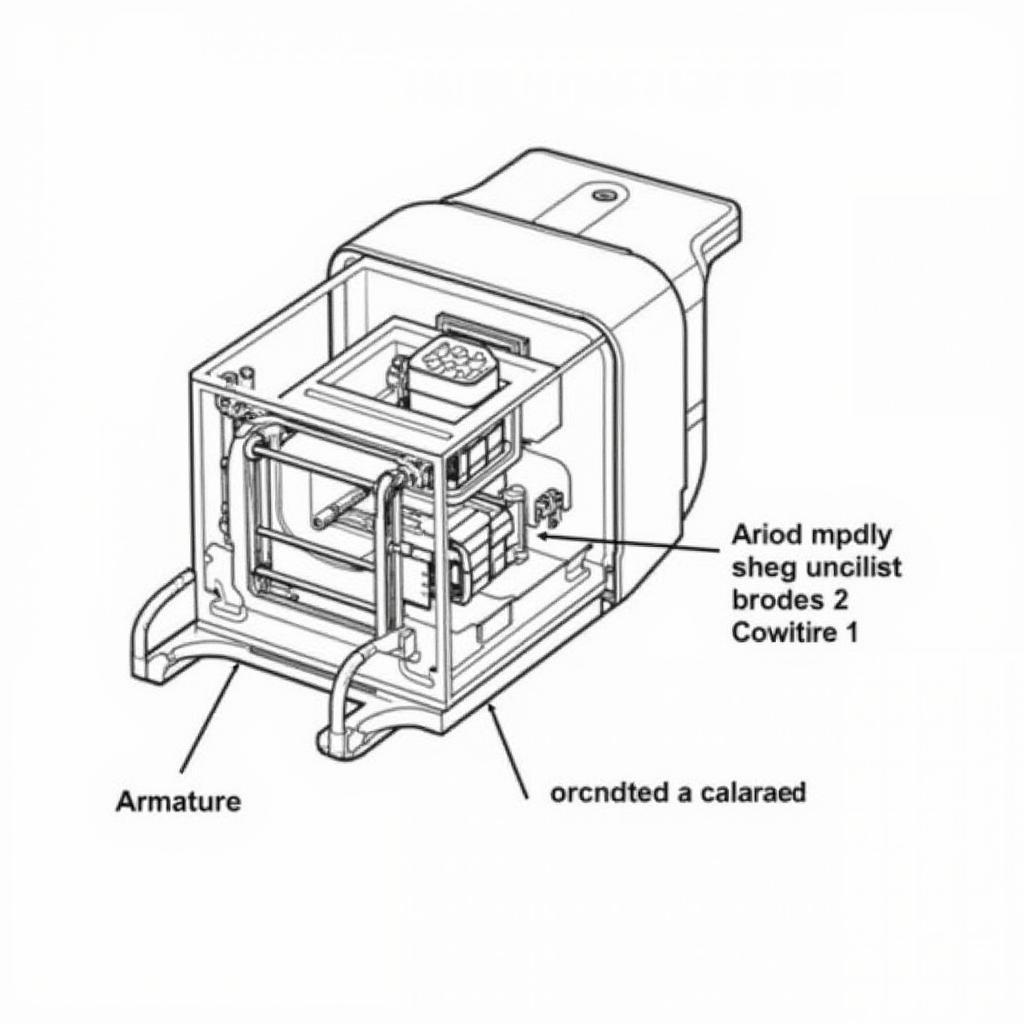A sagging car door washer can be a real nuisance, letting water seep into your car’s interior and potentially causing rust and other damage. This guide provides a step-by-step approach to diagnosing and fixing this common car problem, helping you restore your door’s weather seal and protect your vehicle.
Understanding the Problem: Why Car Door Washers Sag
Before diving into the fix, it’s crucial to understand why car door washers sag in the first place. The most common culprits are age, exposure to the elements, and wear and tear. The rubber material degrades over time, losing its flexibility and elasticity. This leads to the washer becoming loose and sagging, creating gaps in the seal.
Identifying a Sagging Car Door Washer
Recognizing a sagging car door washer is fairly straightforward. Look for visible gaps between the washer and the door frame, especially at the bottom of the door. You might also notice water leaks during rain or car washes, or even wind noise while driving.
DIY Solutions: How to Fix a Sagging Car Door Washer
Fortunately, fixing a sagging car door washer is often a manageable DIY project. Here are some common solutions:
-
Cleaning and Conditioning: Sometimes, dirt and grime can contribute to the washer’s deterioration. Clean the washer thoroughly with a mild detergent and water. After cleaning, apply a rubber conditioner to restore its flexibility and help it regain its shape.
-
Adhesive and Sealant: For minor sagging, using adhesive or sealant can be effective. Choose an automotive-grade adhesive specifically designed for rubber. Apply a thin bead of adhesive to the back of the washer and carefully press it against the door frame. Allow ample drying time before closing the door.
-
Replacement: If the washer is severely damaged or deteriorated, replacement is the best option. You can purchase replacement washers from auto parts stores or online retailers. Ensure you get the correct size and type for your car model. Replacing the washer involves removing the old one and carefully installing the new one, ensuring a proper seal.
Replacing a Car Door Washer: A Step-by-Step Guide
- Gather your tools: You’ll need a screwdriver, pliers, and possibly a trim removal tool.
- Remove the old washer: Gently pry the old washer off the door frame, starting at one end and working your way around.
- Clean the door frame: Remove any residual adhesive and clean the surface thoroughly.
- Install the new washer: Carefully align the new washer with the door frame and press it firmly into place.
- Test the seal: Close the door and check for any gaps or leaks.
“A properly installed car door washer is essential for preventing water damage and maintaining a comfortable cabin environment,” says John Miller, a seasoned automotive technician with over 20 years of experience. “Don’t underestimate the importance of this small but crucial component.”
Preventing Future Sagging
While fixing a sagging car door washer is relatively easy, preventing it in the first place is even better. Regularly cleaning and conditioning your car’s rubber seals can significantly extend their lifespan. Avoid parking in direct sunlight for extended periods, as UV rays can accelerate rubber degradation.
Conclusion: Keeping Your Car Dry and Protected
Fixing a sagging car door washer is a simple yet effective way to protect your car from water damage and maintain its overall condition. By following the steps outlined in this guide, you can easily address this common problem and enjoy a dry and comfortable ride. For further assistance or personalized advice, don’t hesitate to contact us at AutoTipPro at +1 (641) 206-8880 or visit our office at 500 N St Mary’s St, San Antonio, TX 78205, United States. We’re here to help! “Regular maintenance, including cleaning and conditioning, is key to preventing future sagging and prolonging the life of your car door washers,” adds Sarah Chen, a leading expert in automotive maintenance.





Leave a Reply